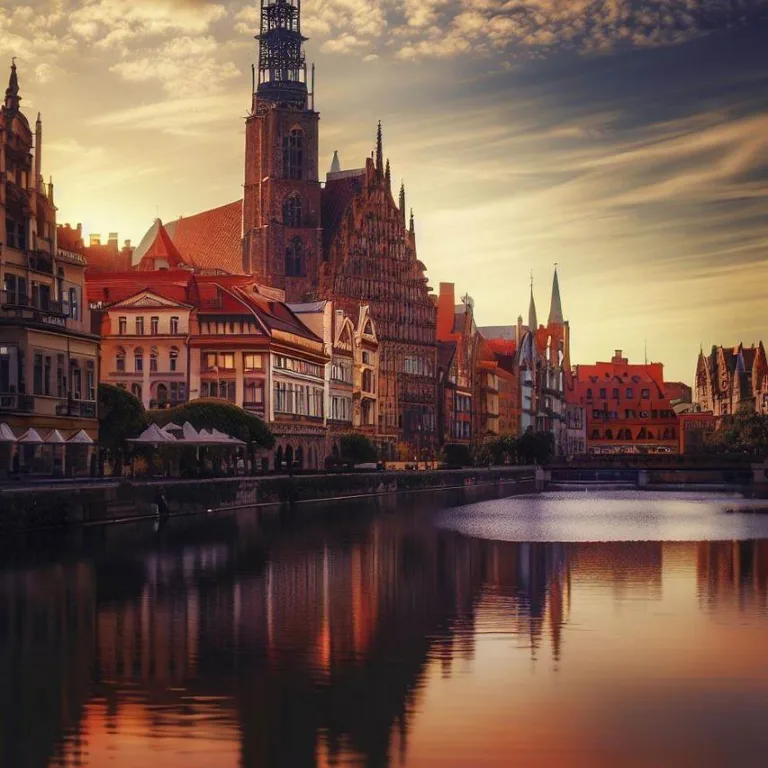Welcome to a journey through the captivating city of Breslau, a place where history and modernity intertwine seamlessly. As we explore this remarkable destination, we’ll delve into its rich history, vibrant culture, and impressive landmarks that make it a must-visit location.
The historical tapestry of breslau
Breslau, also known as Wrocław, holds a significant place in European history. Its origins trace back to the 9th century, and over the centuries, it has been part of various kingdoms and empires, each leaving its mark on the city’s architecture and culture. The city has witnessed everything from medieval settlements to World War II and the subsequent political shifts.
A City of Resilience
One of the defining characteristics of Breslau is its resilience. Despite facing numerous challenges, including wars and political changes, the city has managed to rebuild and reinvent itself repeatedly. This resilience is evident in the diverse architectural styles that grace its streets, reflecting different historical periods.
Cultural kaleidoscope
The cultural scene in Breslau is nothing short of spectacular. The city boasts a vibrant arts and music community, with theaters, galleries, and performance spaces scattered throughout. Festivals celebrating everything from classical music to contemporary art regularly grace the city, drawing visitors from around the world.
Gastronomic Delights
No exploration of Breslau is complete without savoring its culinary offerings. The city’s food scene is a fusion of traditional Polish dishes and international flavors. From hearty pierogi to avant-garde culinary creations, Breslau caters to every palate.
Architectural marvels
Breslau’s architecture is a testament to its intricate history. Gothic, Baroque, and Modernist styles blend seamlessly, creating a captivating cityscape. The Breslau Cathedral, with its stunning Gothic architecture, and the Centennial Hall, a UNESCO World Heritage Site, are just a glimpse into the architectural wonders that await.
Islands of Tranquility
Within the bustling city lies a network of parks and green spaces that offer respite from the urban pace. Szczytnicki Park, with its Japanese Garden and serene ponds, is a popular spot for locals and tourists alike to unwind and connect with nature.
Modern breslau
Breslau seamlessly blends its historic past with a modern present. The city’s economy thrives in various sectors, including technology, education, and tourism. Renowned universities attract students from around the globe, contributing to a vibrant intellectual atmosphere.
Connectivity and Accessibility
Efficient transportation networks make exploring Breslau a breeze. Trams, buses, and a well-connected railway system ensure that getting around the city and beyond is convenient for both residents and visitors.
Frequently asked questions
1. What is Breslau’s historical significance?
Breslau has played a pivotal role in European history, witnessing various empires and wars, which is reflected in its diverse architectural styles.
2. What cultural experiences does Breslau offer?
The city boasts a thriving arts scene with theaters, galleries, and festivals, making it a hub for artistic expression.
3. How is Breslau’s architecture unique?
Breslau’s architecture is a blend of Gothic, Baroque, and Modernist styles, creating a visually captivating cityscape that tells its story.
4. Is Breslau a modern city?
Absolutely, Breslau embraces modernity with a thriving economy, renowned universities, and efficient transportation networks.
5. What is the best way to explore Breslau?
Utilize the city’s well-connected tram, bus, and railway systems to conveniently explore its historical sites, cultural offerings, and modern marvels.
Viz také:






